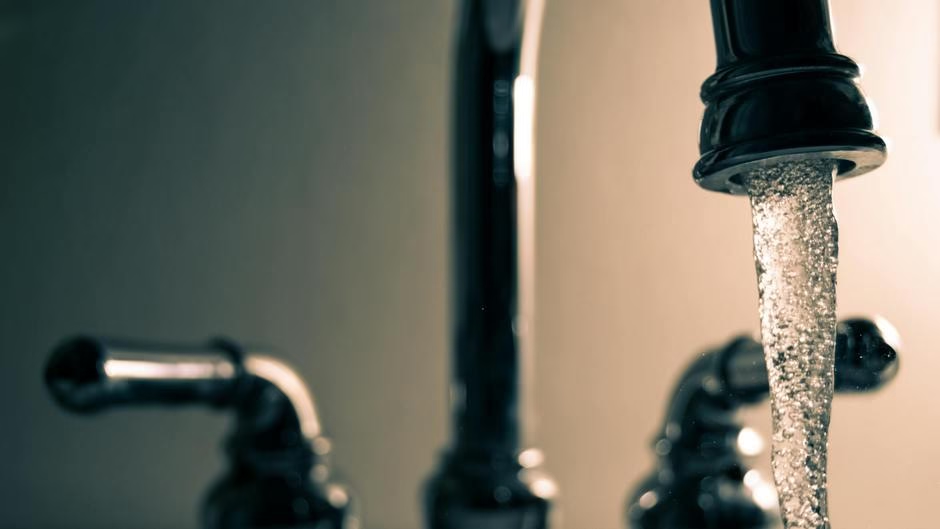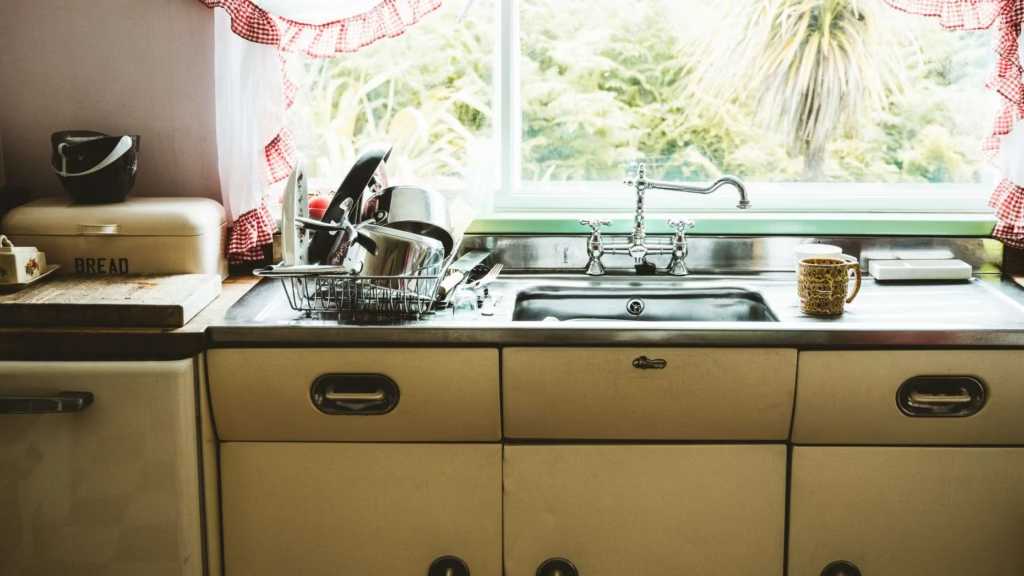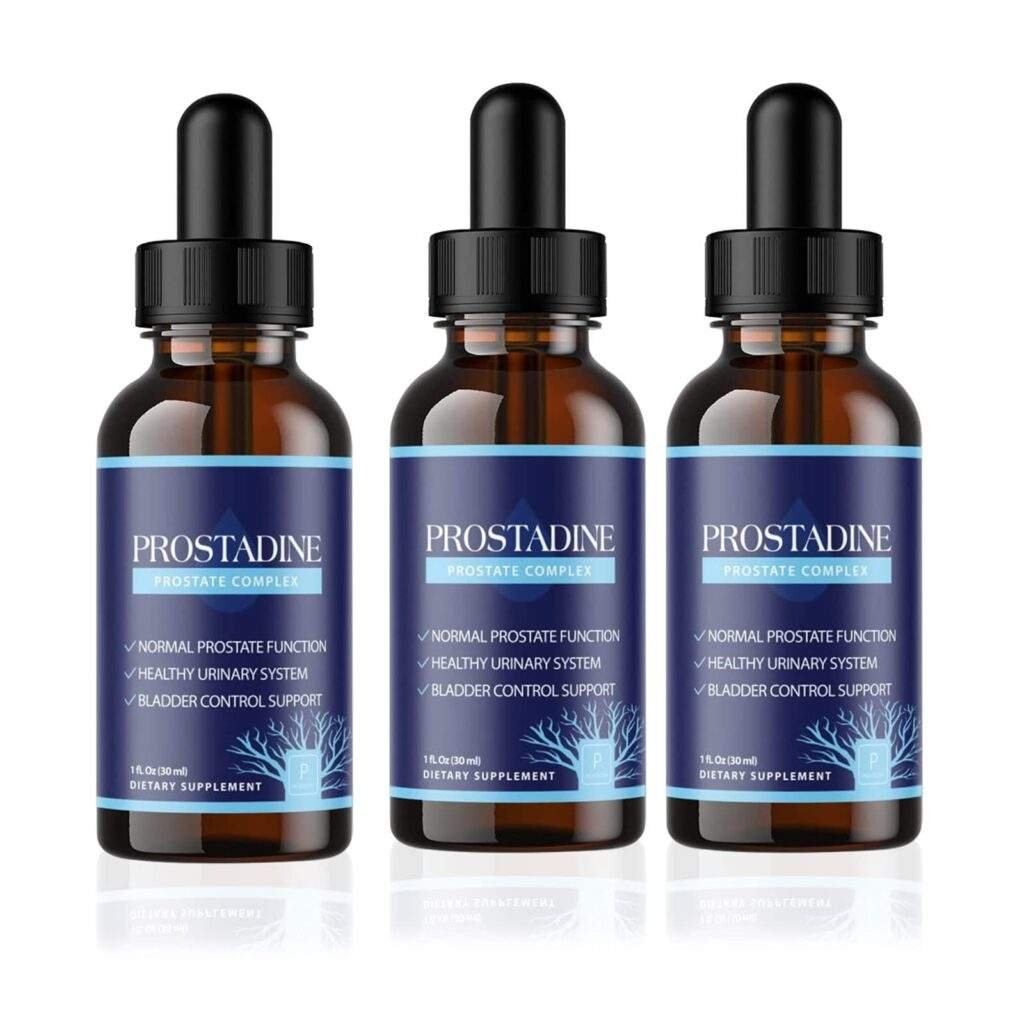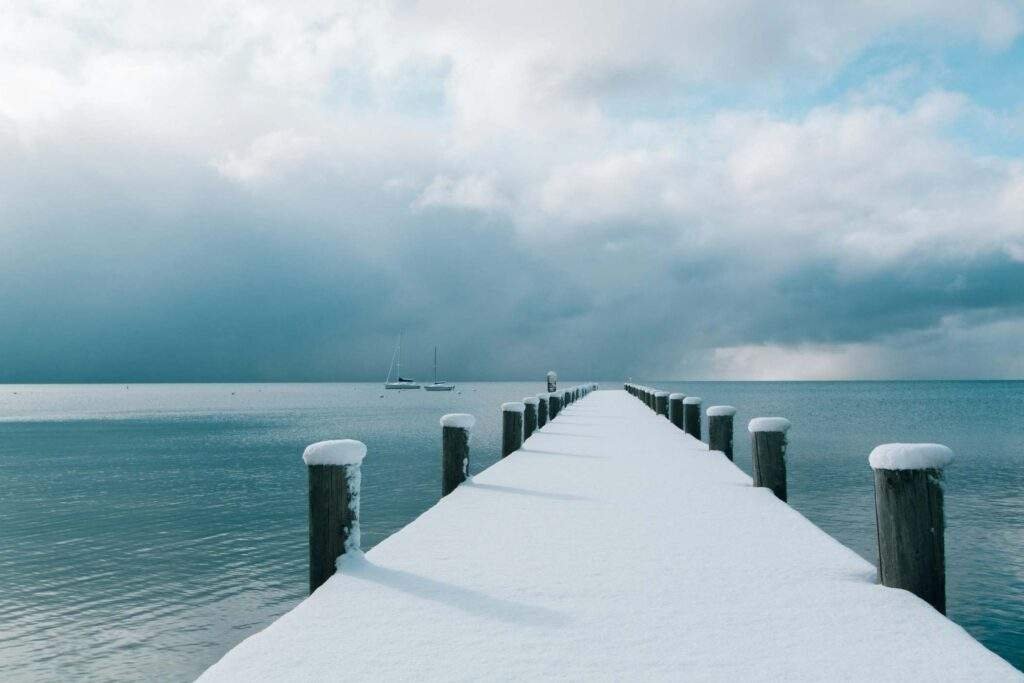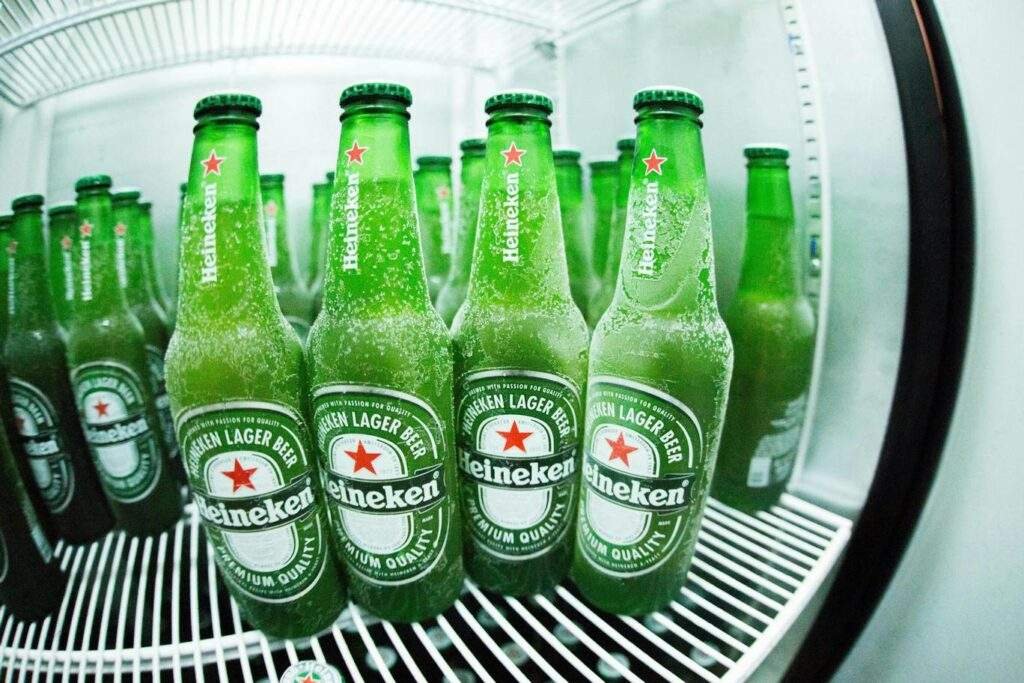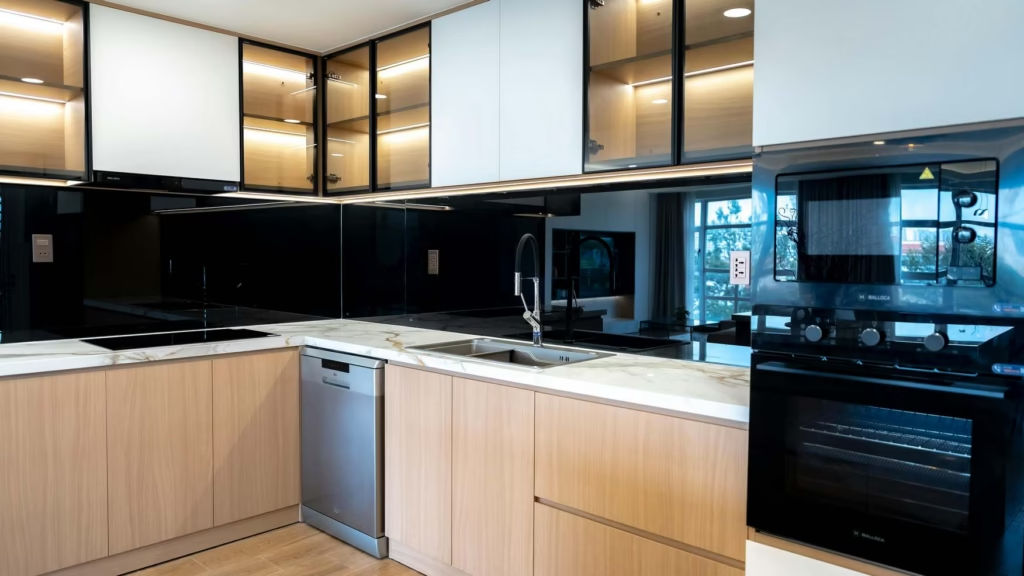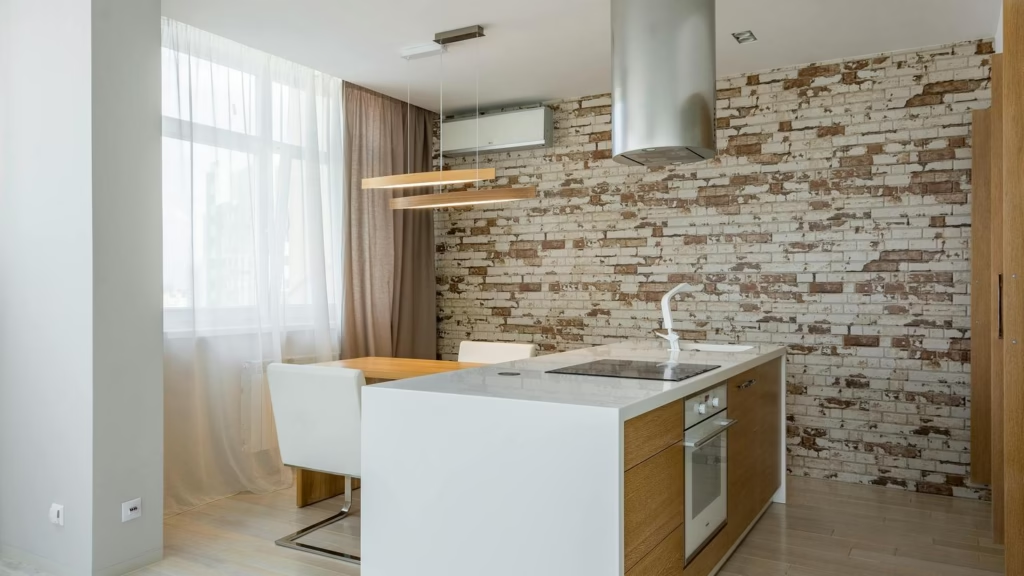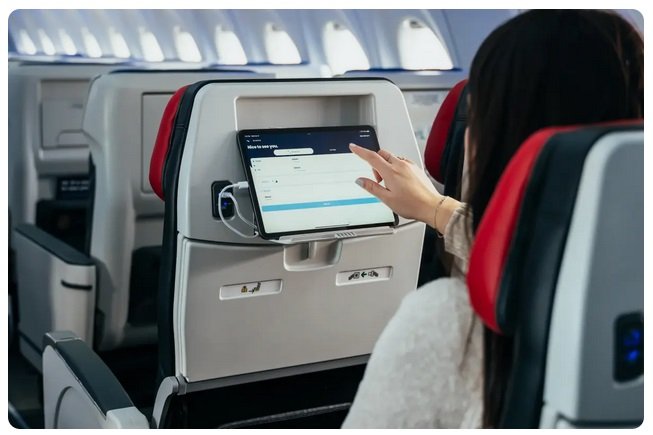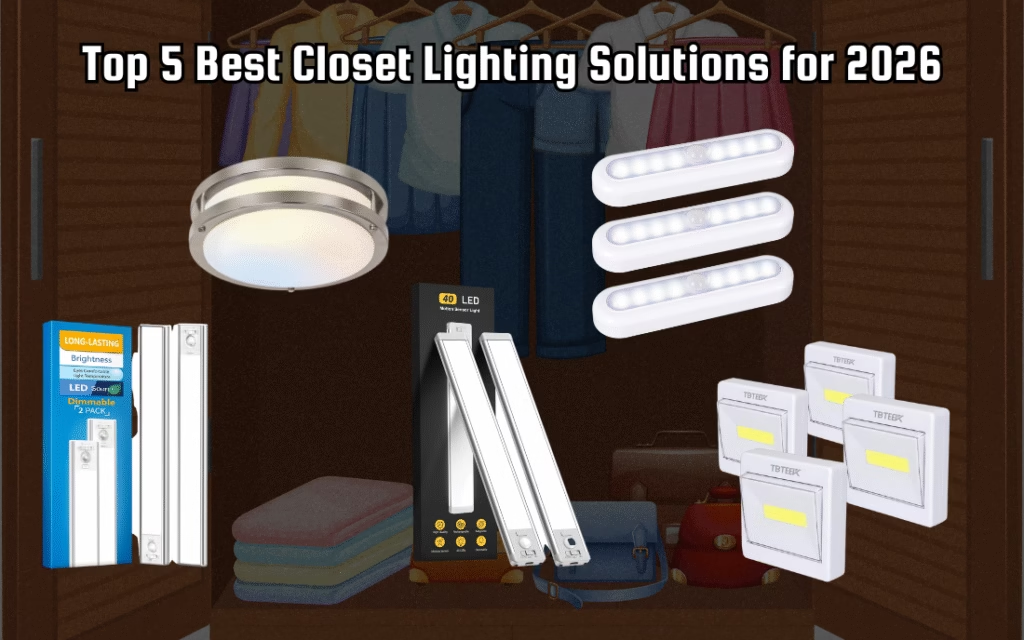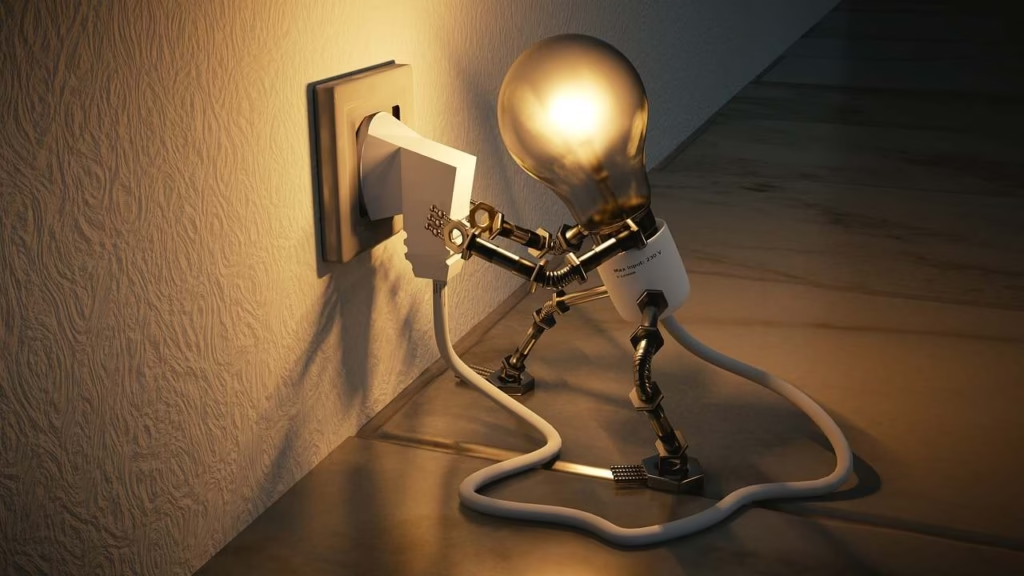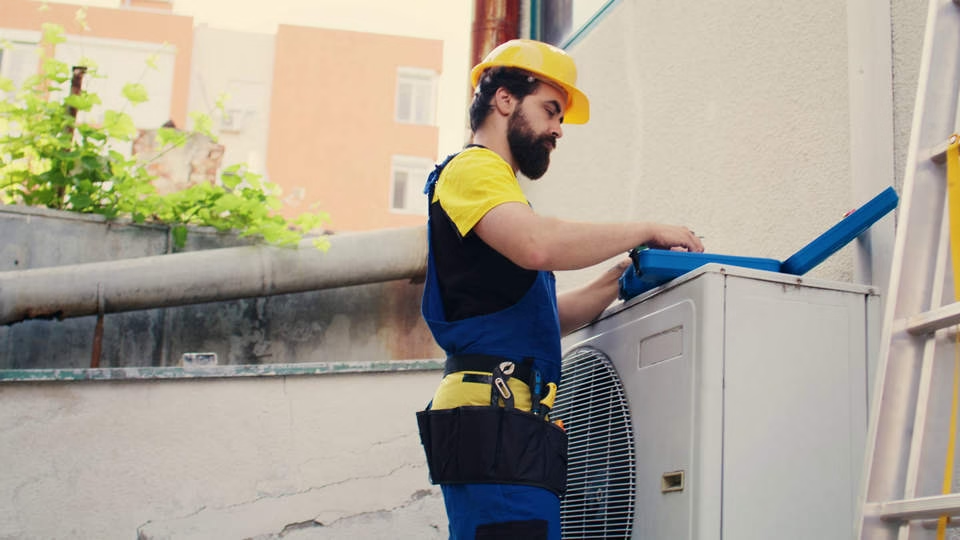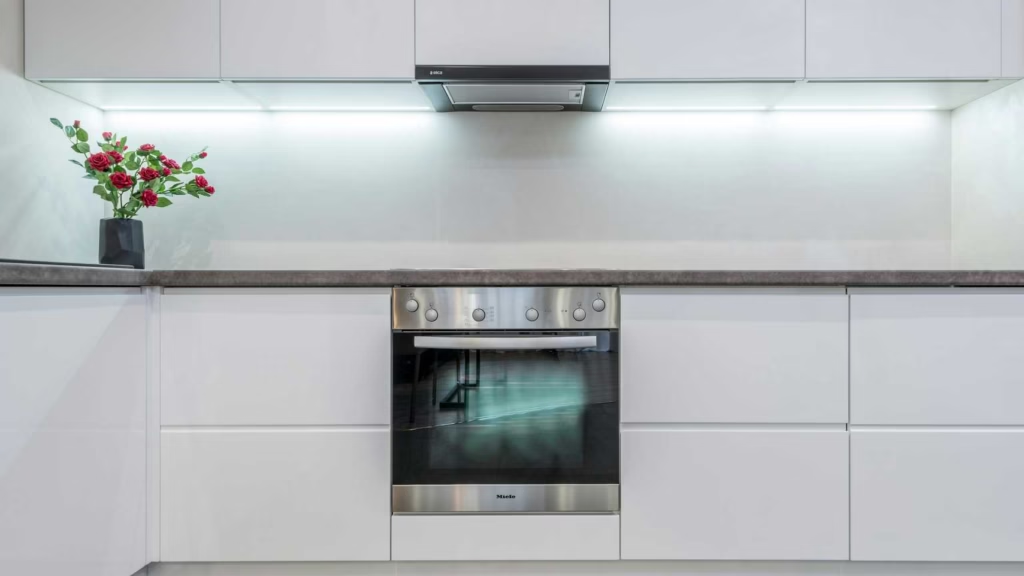Learn how to install a water softener yourself, step by step — from site prep to startup. This DIY guide makes it easy for home-owners of all skill levels.
Table of Contents
Introduction
Hard water can cause problems in your home. It can make glasses look cloudy. It can make your appliances break sooner. It can leave hard white spots called limescale. A water softener can fix these problems. You can install one yourself without a plumber.
This guide will show you how to put in a water softener. You will learn what tools you need. You will learn how to connect it to your pipes. You will learn how to test it and take care of it.
Understanding Water Softeners
What is a Water Softener?
A water softener removes minerals from water. These minerals are calcium and magnesium. They make water “hard.” The softener swaps them for sodium or potassium. This is called ion exchange. Soft water makes soap lather better. It helps your appliances last longer. It stops scale from building up.
Signs You Need a Water Softener
- White spots on dishes and glasses.
- Soap and shampoo do not make good suds.
- Skin feels dry. Clothes feel stiff after washing.
- Scale builds up on faucets and inside pipes.
- Energy bills are high because heaters work poorly.
Whole-House Water Filter vs. Water Softener
A water softener and a water filter are different. A filter takes out dirt and chemicals. A softener takes out hard minerals.
👉 Not sure which you need? Learn more here: Whole house water filter vs water softener.
Tools and Materials You’ll Need
Essential Tools
- Adjustable wrench
- Pipe cutter or hacksaw
- Drill and bits
- Teflon tape
- Level
- Measuring tape
- Bucket and towels
Installation Materials
- Water softener unit
- Bypass valve
- Pipe fittings
- PVC or copper pipes
- Drain tube
- Gravel and resin beads (if needed)
- Water softener salt
Preparing for Installation
Choosing the Right Location
Pick a spot near your main water line. It should be where the water comes into your house. The area must:
- Be near a power outlet.
- Be near a drain.
- Have space for you to work and add salt.
Shutting Off Water Supply
Turn off the main water valve. Open a faucet to let pressure out. Put towels or a bucket under the pipes to catch water.
Step-by-Step DIY Water Softener Installation
Step 1 — Unbox & Inspect the Unit
Take the softener out of the box. Make sure all parts are there. Look for any damage.
Step 2 — Install the Bypass Valve
Put the bypass valve on top of the softener. This lets you turn off the softener for care. Make sure it is tight.
Step 3 — Connect to the Main Water Line
- Cut the main water pipe.
- Put in a T-fitting to connect the new pipes.
- Connect the “IN” port to your water supply.
- Connect the “OUT” port to your house pipes.
- Use Teflon tape to stop leaks.
💡 Tip: Make sure water flows the right way. Do not connect it backward.
Step 4 — Connect the Drain Line
Attach a hose to the drain outlet. Run the hose to a drain. Leave an air gap to keep water clean.
Step 5 — Add Resin and Gravel
If your tank is empty, add gravel first. Then add resin beads. Put in the tube before you add the resin.
Step 6 — Connect to Power
Plug the softener into a wall outlet. Do not use an extension cord.
Step 7 — Fill with Salt & Regenerate
Put salt in the brine tank. Fill it at least one-third full. Run the first cycle as the instructions say. This gets the softener ready.
Testing & Troubleshooting
How to Test Your Softened Water
- Use a test kit to check water hardness.
- See if soap makes more suds.
- Look for spots on glasses.
Common Installation Mistakes and Fixes
- Leaks: Check the fittings. Use more Teflon tape.
- Drain Issues: Make sure the hose is not bent.
- No Power: Check if the outlet works.
Maintenance Tips for Long-Lasting Performance
Regular Salt Refills
Check the salt every month or two. Keep the tank at least one-third full.
Cleaning the Brine Tank
Once a year, empty the brine tank. Clean it well.
Annual System Checks
Once a year, check the hoses and valves. Make sure all settings are correct.
Extending Life of Appliances with Soft Water
Soft water helps your dishwasher, washer, and water heater work better. They will last longer.
Cost Savings of DIY Installation
A plumber may charge $500 to $1,500 to install a softener. Doing it yourself costs very little. You might spend under $100 on parts. You will also save money on energy and soap over time.
FAQs
Q1. How long does it take to install a water softener yourself?
It takes about 3 to 5 hours for most people.
Q2. Can I install a water softener without plumbing experience?
Yes, if you can use basic tools and follow steps. Hard jobs might need a pro.
Q3. What size water softener do I need for my home?
A family of 3 or 4 people often needs a 32,000-grain softener.
Q4. Do I need a plumber to install a water softener?
Not always. Many people do it themselves. But if your pipes need big changes, a plumber can help.
Q5. How often do I need to add salt to my water softener?
Add salt every 4 to 8 weeks. It depends on how much water you use.
Conclusion
Putting in a water softener yourself is a good project. This guide makes it easy. You will have better water. Your appliances will last longer. You will save money.
You can do this. Soon you will have soft, clean water in your whole house.

